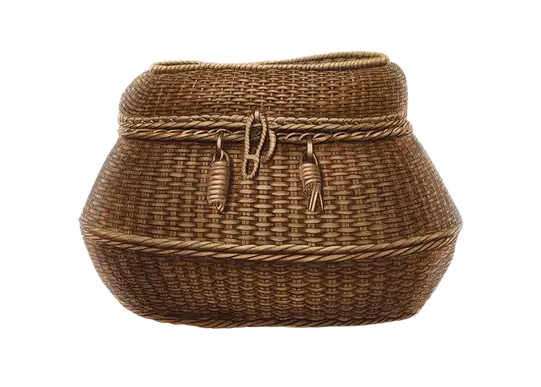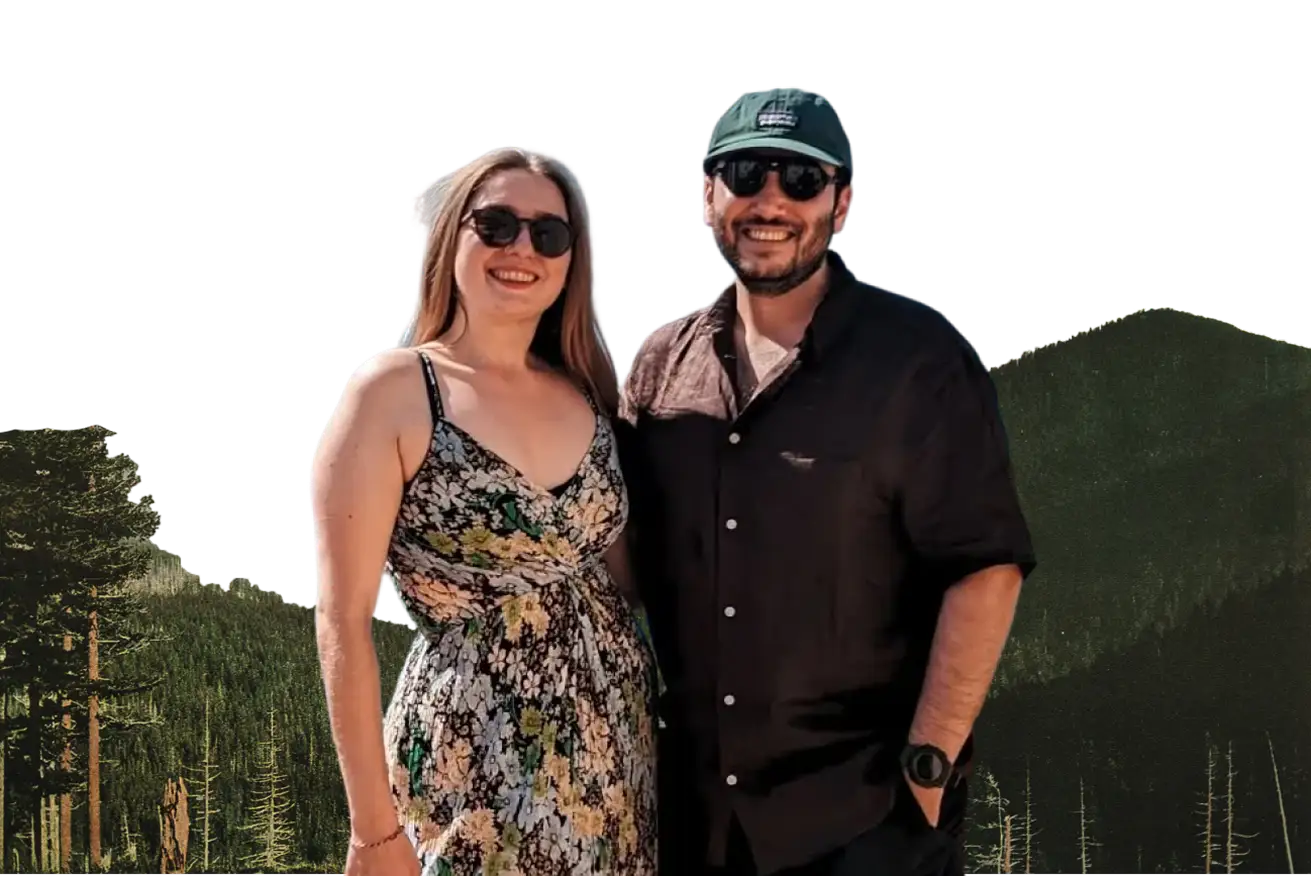Beneath the bustling streets of modern Antakya, an entire ancient city lies sleeping. Its walls have crumbled, its columns have fallen, but its floors—its magnificent floors—still dream. These are not floors of simple stone, but vast, intricate "carpets of stone," crafted nearly two thousand years ago from millions of tiny, colored cubes. They are the Roman mosaics of Antioch-on-the-Orontes, and to look upon them is to be given a direct, vibrant window into the soul of a lost world.
We came to Antakya to see these famed mosaics. We expected to be impressed by their artistry. We did not expect to be so profoundly moved by the story they tell of memory, loss, and rediscovery. It is a story that asks a question every modern city must face: what do we do when the past emerges, quite literally, from beneath our feet?
Floors that tell stories
In the magnificent Hatay Archaeology Museum, the floors of ancient Antioch's villas are laid out before you. Here are the gods and heroes of myth, their dramas playing out in stone. Here are lively snapshots of a forgotten daily life: the thrill of a chariot race, the camaraderie of a banquet, the quiet beauty of the changing seasons.
The skill of the artists is astonishing. With nothing but tiny cubes of stone, they captured a sense of movement, of emotion, of life itself. These were not just decorations; they were the storybooks of the wealthy and powerful, expressions of their culture, their beliefs, and their place in the Roman world. To walk among them is to feel a connection, a whisper of a life lived, a dinner party attended, a story told in a sunlit courtyard two millennia ago.
The astonishing discovery
For centuries, the majority of this ancient, glittering city lay buried, a secret held by the earth. Modern Antakya grew on top, its foundations resting on forgotten histories. Then, in 2009, during the groundbreaking for a new hotel, the earth gave up its secret. A construction crew found a piece of ancient pavement.
What followed was a revelation. As archaeologists gently peeled back the layers of soil, a whole quarter of the ancient city emerged, miraculously preserved. At its heart lay the largest single-floor mosaic ever found, a breathtaking geometric carpet larger than two basketball courts.
This discovery presented a profound dilemma, a direct conversation between the past and the present. Do you destroy the ancient remains to build for the future? Or do you sacrifice modern development to honor what was?
A bridge between worlds
The solution they chose was audacious: to do both. The Museum Hotel Antakya was redesigned to float above the archaeological site, a modern structure built on colossal columns. Today, you can walk on glass floors in the lobby and gaze down at the Roman streets beneath your feet. It is a dizzying, beautiful, and complex experience.
It's a reminder that the past is not a separate country; it is the very ground upon which we walk. Antakya's mosaics, both in its world-class museum and sleeping beneath this modern hotel, are more than just beautiful artifacts. They are a profound lesson in how we choose to live with our own layered histories. They ask us to listen for the stories that are always there, just waiting, in the sleeping cities beneath our feet.
.svg)




